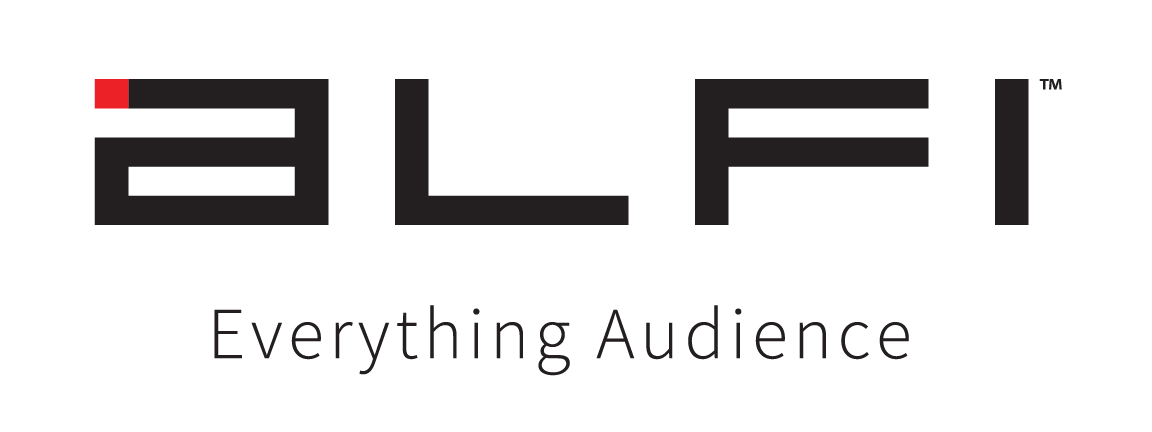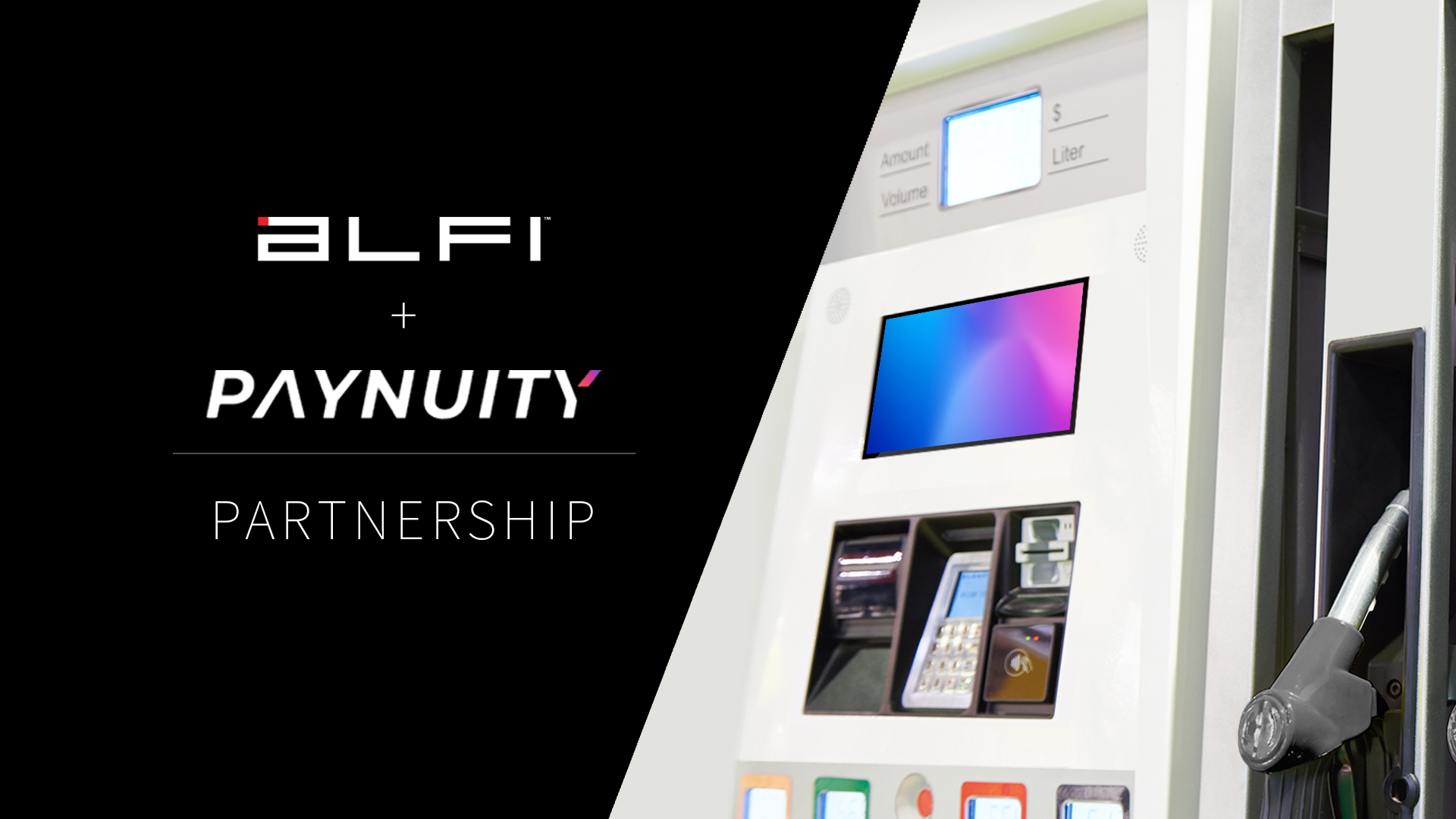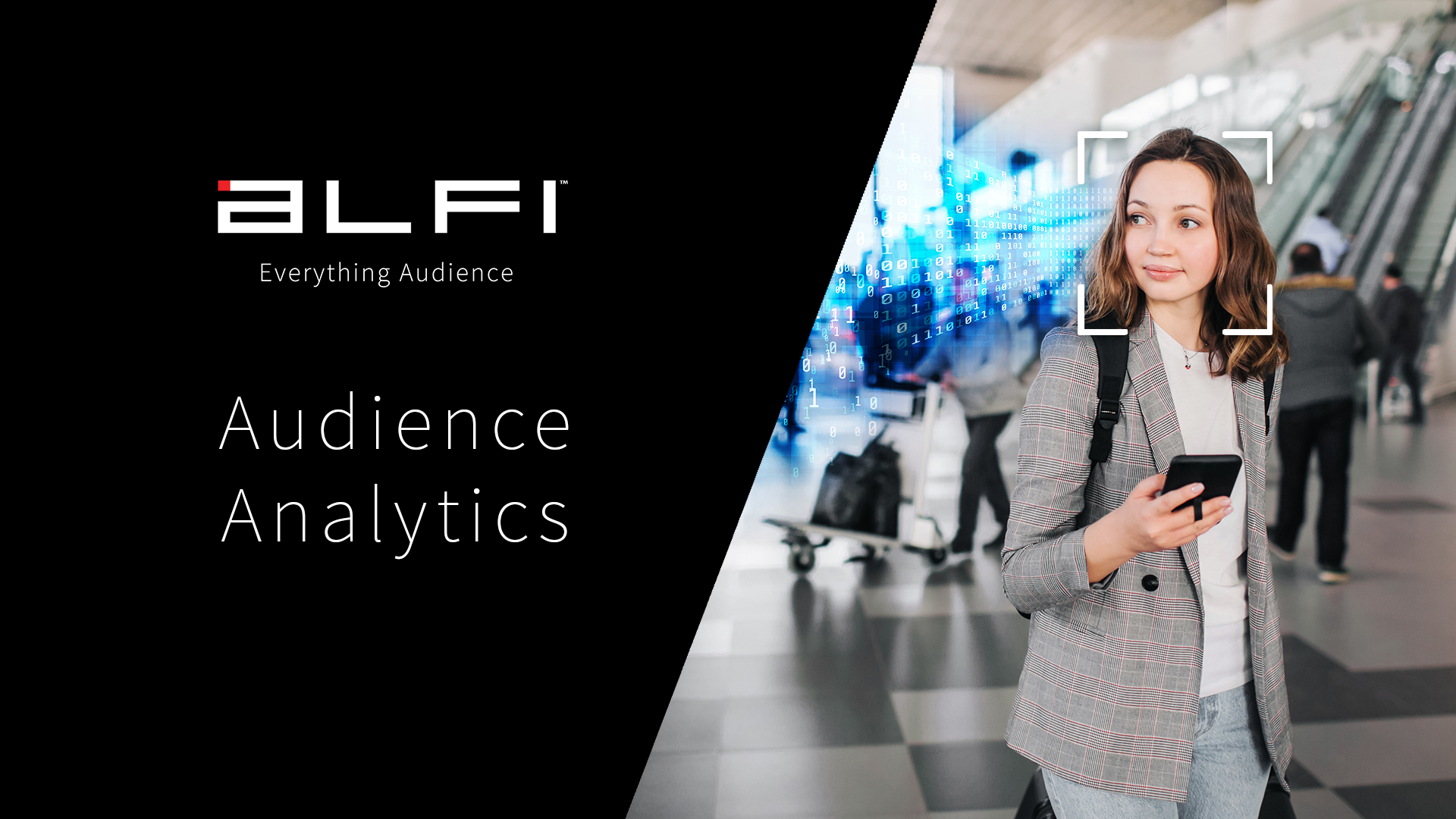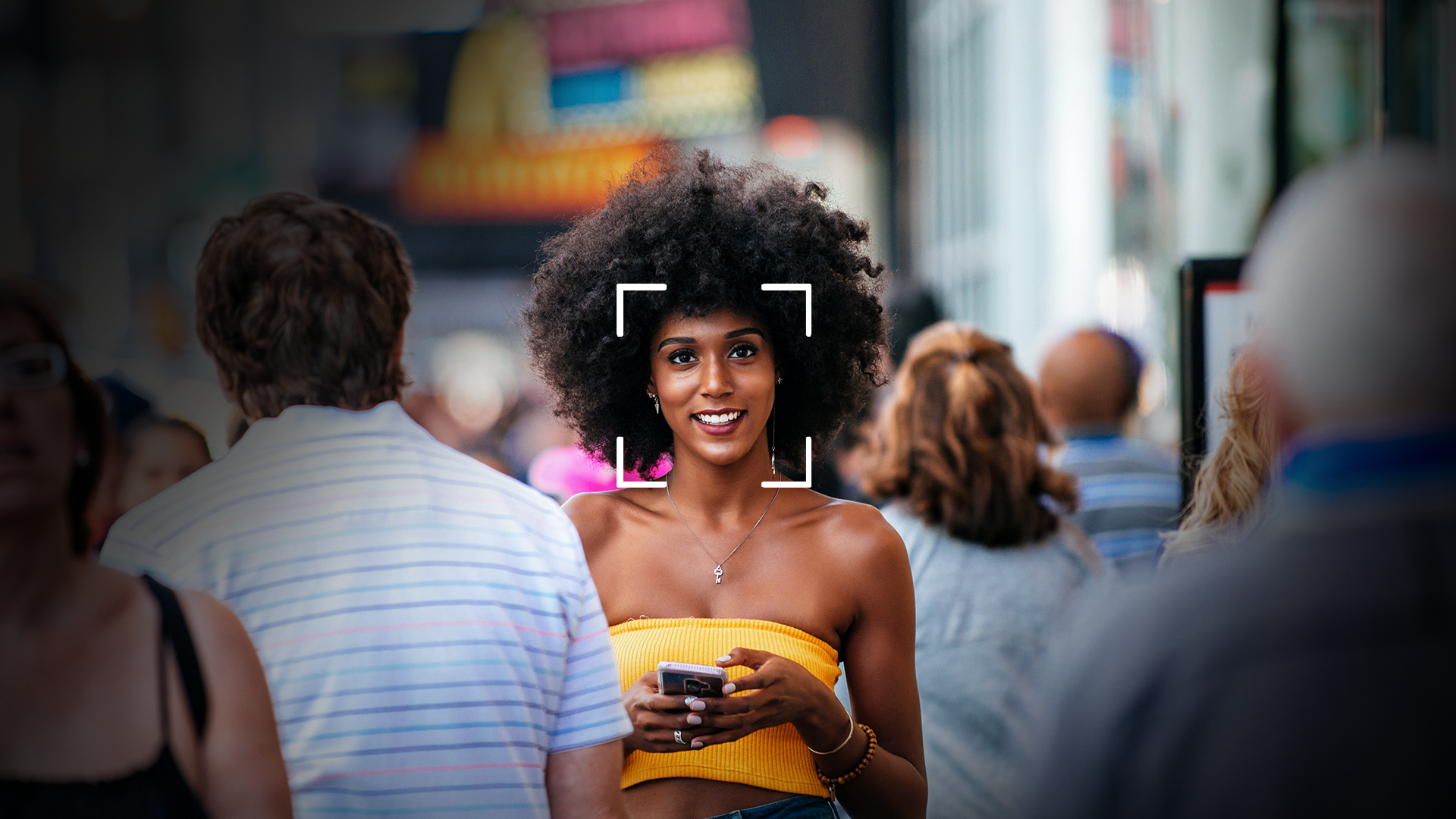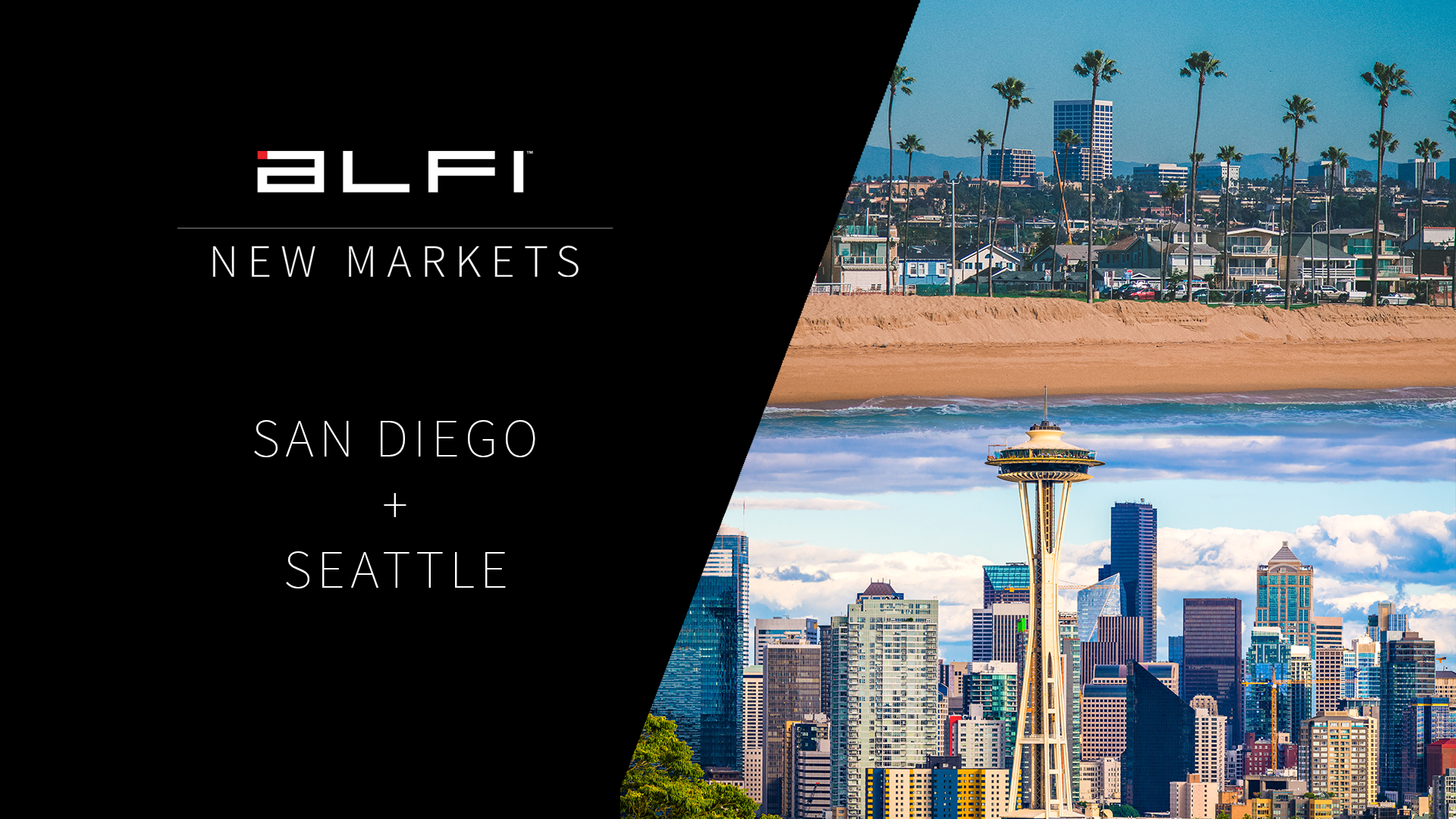The advertising industry is booming with platforms like Facebook, Instagram, and Snapchat and new spins on traditional advertising channels like digital out of home advertising. But with everyone looking at their phone and tablets all day, is there really room for digital out-of-home (DOOH) advertising to grow?
With more than 46 percent of Americans using a search engine after seeing an out-of-home (OOH) advertising, and OOH advertising growth at four percent and DOOH advertising growth rate 16 percent annually while television and print media losing its market share 1.5 percent every year, it is safe to say that DOOH will see exponential growth.
Research by Upbeat predicts that the DOOH market will see $8.5 billion by 2023.
Let’s take a closer look at the digital out-of-home advertising world.
What are we talking about in this blog post
- What is OOH?
- What is DOOH Advertising?
- Examples of DOOH
- How Can DOOH Help Brands?
- DOOH Vs OOH: Key Advantages of Digital Out-Of-Home (DOOH) Advertising
- What is Programmatic DOOH (pDOOH) Advertising?
What is OOH?
Out of home (OOH) advertising is any type of advertisement that’s found outside your home and that is not on your mobile devices. Outdoor advertising examples include anything from billboards and buses to digital signages at airports and cabs.
What is DOOH Advertising?
Digital out-of-home (DOOH) advertising is media displayed in public areas, using digital screens. It is the enhanced version of OOH advertising. The digital screens and billboards you see in public areas are considered DOOH advertising.
Examples of DOOH
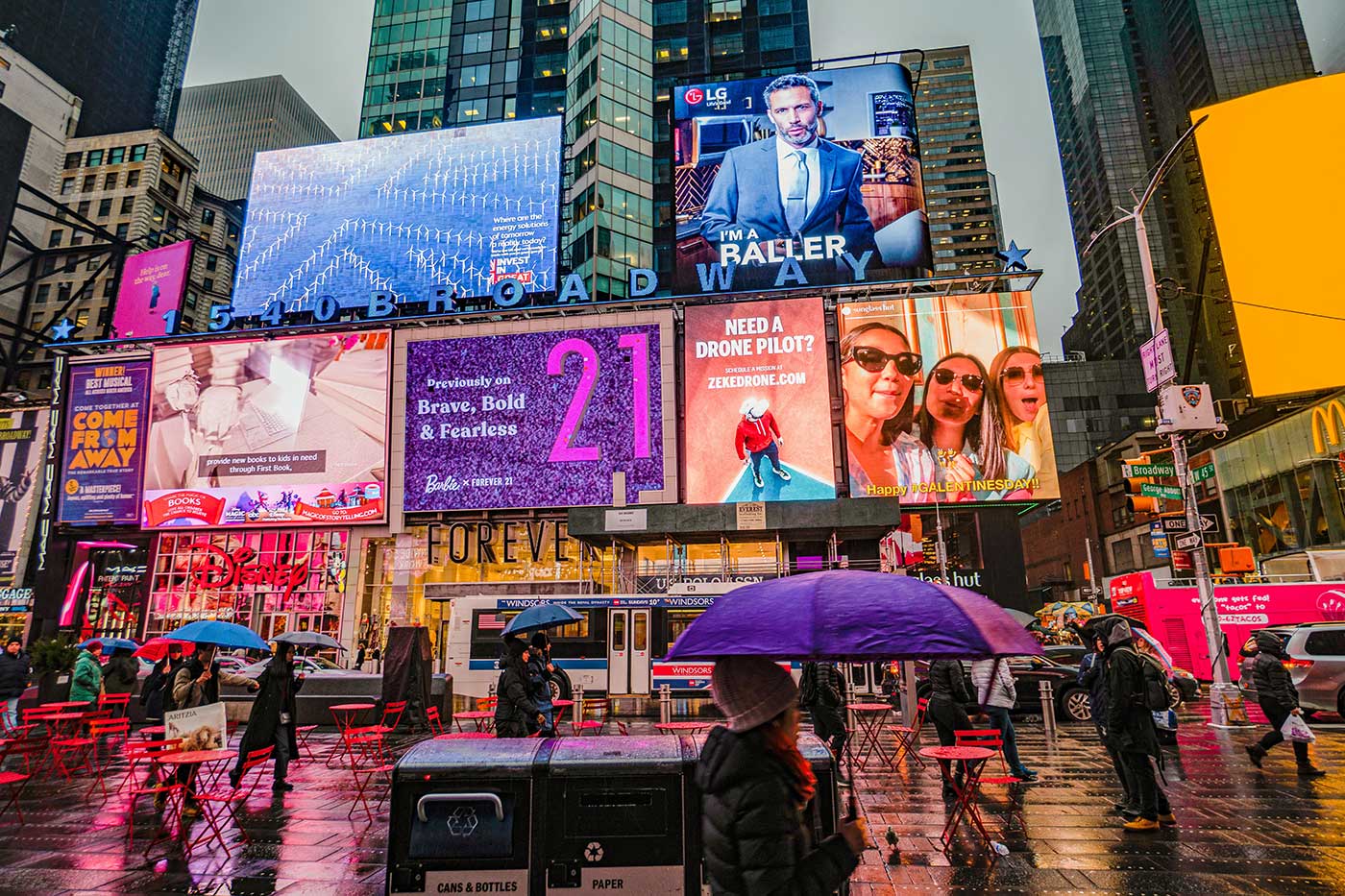
It is a pretty broad category and examples of DOOH advertising can be found almost everywhere. If we were to make a list of the most popular digital out of home advertising, it would include:
- Digital billboards at town squares
- Digital screens at airports and train stations
- Wifi hotspots and digital information centers at shopping malls and retail stores
- Roadside dynamic displays
- Digital signage at hospitals and urgent care facilities
- Screens at bus shelters
- Dynamic displays at food courts
- Screens at college campuses
How Can DOOH Help Brands?
Digital out-of-home advertising not only establishes brand awareness but also compliments the brand’s advertising campaigns on other channels.
Media buyers who include OOH advertising—digital or traditional—to their media mix see an exponential increase in their campaign effectiveness. Outdoor Advertising Association of America’s 2012 report shows that TV ads see an 18 percent and online ads—specifically mobile advertising—see a whopping 316 percent increase in campaign effectiveness.
An interesting advertising campaign triggers thousands of Google searches. People who are intrigued by the ads immediately pick up their phones and search for the brand online. When combined with other media, DOOH can have a huge impact.
The new interactive DOOH displays contribute to campaign success as well. The information centers and free wifi hotspots are connected to the internet and can provide interactive ads.
DOOH Vs OOH: Key Advantages of Digital Out-Of-Home (DOOH) Advertising
Inexpensive and Dynamic
When compared to OOH, digital out-of-home advertising is pretty cost-effective since, in one banner area, multiple ads can rotate. The changing of ads do not require man labor and is instant.
Advertising platforms like Alfi can alternate ads depending on the person who is looking at the screen. For DOOH, that’s unheard of.
More accurate metrics and measurements
With traditional advertising, media buyers pay for the time the ad is up on the platform and the only analytics they would get out of a campaign would be an estimated headcount.
Thanks to DOOH, media buyers can now pay for impressions and get detailed analytics on the campaigns that they are running.
With Alfi, the advertisers can not only use detailed targeting options for their digital out-of-home campaigns but also pay for impressions and receive detailed analytics to optimize their campaigns.
Out-of-home Doesn’t Have to Be Offline
With digital transformation, the traditional out-of-home advertising spaces got an internet connection. Digital billboards, kiosks, wifi hotspots, tablets, dynamic displays, and other digital signages connect to the internet to change or rotate ads, provide charging and internet connection in public areas, and serve content besides ads.
For instance, Alfi, which can be installed on any device that has an internet connection and a camera, serves personalized content, along with ads, to any person looking at the screen.
Using Rich Media to Grab More Attention
Unlike OOH, digital out-of-home advertising offers a variety of advertising media to be used in campaigns. Using rich media like videos allows advertisers to be better storytellers. It becomes much easier to grab the attention of people in public places, resulting in a better return on investment.
Better ROI
With the inclusion of artificial intelligence in marketing, advertisers can use better targeting options for their digital out-of-home campaigns and get better results. Instead of showing their ads to millions of people, advertisers can now refine their targeting to reach the right person at the right time.
What is Programmatic DOOH (pDOOH) Advertising?
Imagine the process of buying out-of-home advertising. The media buyer needs to call or email the advertising agency to select the screens and schedule of their campaigns, get pricing, and negotiate. This process can be painfully long and hard.
Programmatic DOOH advertising lets the advertiser log in to a platform and select their campaign details, targeting, scheduling, placement, and much more with just a few clicks, drastically reducing the time spent on buying advertising.
Alfi lets advertisers create campaigns that are shown to thousands of people every day in cabs, Ubers, hotels, restaurants, and much more.

